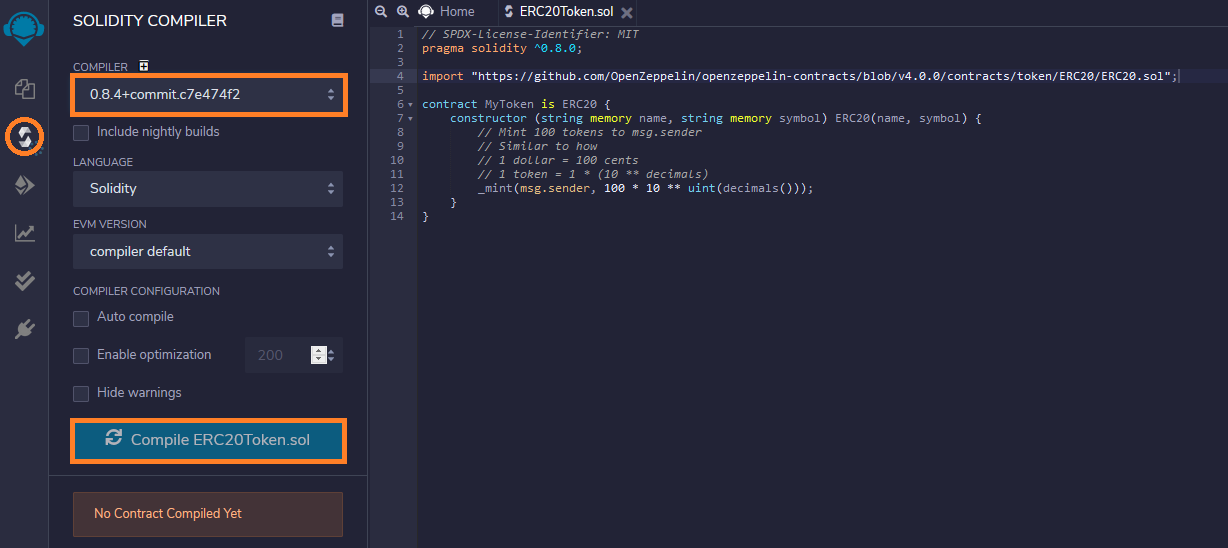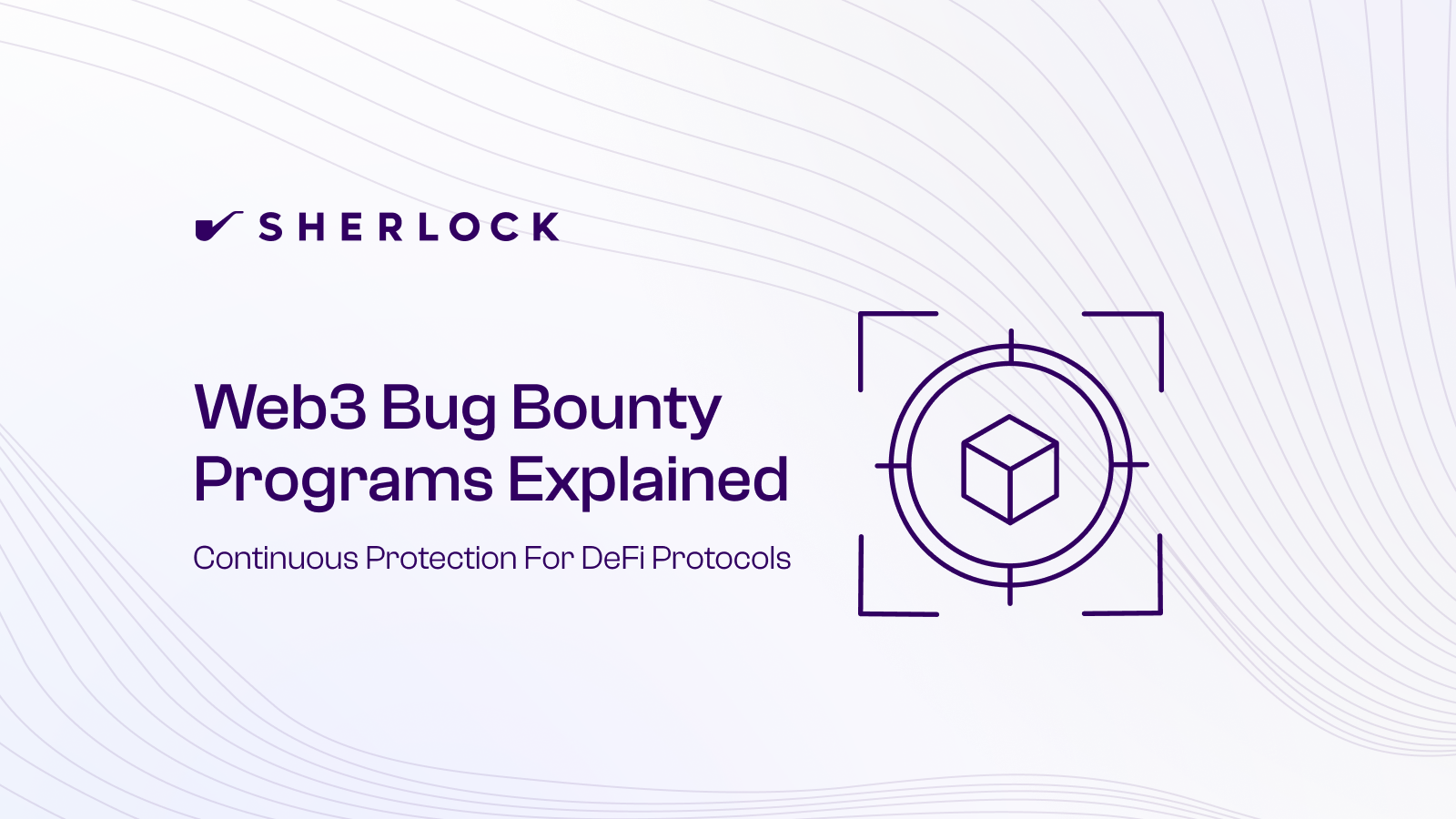FEATURED POST
November 3, 2025
A Complete Guide to Solidity Security Audits for Web3 Protocols
In this guide, we’ll break down how to prepare for a Solidity audit, what the code review and post-audit processes look like, the most common vulnerabilities found in Web3 projects, and what you can expect in terms of cost.

In this guide, we’ll break down how to prepare for a Solidity audit, what the code review and post-audit processes look like, the most common vulnerabilities found in Web3 projects, and what you can expect in terms of cost.
What is a Solidity Code Review?
A Solidity code review is a meticulous security inspection for your smart contracts. It’s a process where security experts examine your code line by line to find vulnerabilities, design flaws, and any deviations from best practices before you deploy. In Web3, where code is law and transactions are irreversible, code reviews are absolutely essential to risk management. A thorough review ensures your protocol functions as intended and is fortified against potential attacks.
Why Smart Contract Security Matters
Smart contract security is the bedrock of your project's reputation and viability. The primary reason it matters is simple: it helps you find and fix weaknesses before malicious actors can exploit them. A single vulnerability can lead to a catastrophic loss of user funds, permanently damage your brand, and halt your project’s momentum. Implementing rigorous code reviews is a proactive defense that can dramatically reduce your risk.

Preparing for a Solidity Code Review
Rushing into an audit with unfinished or undocumented code is like building a house on sand; it invites delays, higher costs, and overlooked issues. Before auditors ever see your code, proper preparation can make the process smoother, faster, and less expensive. The key to preparation is reducing ambiguity to help auditors focus on what matters most.
1. Document Everything
Auditors need a clear map of your protocol's architecture, including flowcharts, whitepapers, and inline code comments. Explain the intended functionality. What does each contract do? How do they interact? Highlight any custom logic, dependencies on external oracles, or integrations with other protocols. Tools like NatSpec for Solidity comments can make this easier. If your project uses libraries, document custom modifications to avoid assumptions. Also, document access controls. For example, who can mint, pause, or upgrade, etc.
Clear documentation speeds up the auditor’s onboarding and helps catch conceptual flaws before code issues even surface.
2. Freeze the Code
Always audit a code-freeze version, ideally tagged in Git. This ensures everyone reviews the same codebase. If you make changes mid-audit, it can delay the timeline or require additional review rounds.
3. Write Comprehensive Tests & Perform a Self-Review
Use automated tools like Slither, MythX, or Solhint to catch low-hanging fruit. Write comprehensive unit tests covering at least 90% of your core contracts, and simulate edge cases with fuzzing.
This not only reduces the auditor's workload but also demonstrates your commitment to security. Fixing low-hanging issues (e.g., unused variables, reentrancy) beforehand saves auditors’ time so they can focus on deeper issues.
If you need a deeper guide on how to prepare, or are not sure if you are ready for an audit, check out OpenZepplin’s readiness guide.
The Solidity Code Review Process
Once your codebase and documentation are prepared, the intensive review can begin. It’s a collaborative process that examines your code from every angle. The goal is to provide you with a clear, actionable roadmap for strengthening your smart contracts and protecting your users' assets. In general, most collaborative reviews follow this structure:
1. Defining the Scope

At this stage, you and the auditor align expectations and deliverables. Define the list of contracts and lines of code to review, the intended functionality, and the goals you have for the audit.
Will it cover just core contracts or the entire ecosystem, including frontends and off-chain components? Set realistic timelines. Audits typically take 2-6 weeks, and it’s best practice to budget for potential extensions.
2. Static and Dynamic Analysis
Auditors begin by scanning the code with automated tools to detect common, known vulnerabilities such as reentrancy and overflow issues, as well as unexpected behaviors.
These tools generate a baseline that guides deeper manual investigation.
3. Manual Code Review
The heart of any Solidity audit is manual analysis, where experts dissect the code line by line.
Auditors read each contract to validate that logic matches the documentation, identify potential attack vectors, simulate edge-case scenarios, check for hidden dependencies or unsafe external calls, and much more.
Many firms use a two-pass system where a primary auditor performs the review, and a secondary auditor validates findings independently.
4. Reporting
The audit culminates in a draft report detailing findings with proof-of-concept exploits, remediation advice, and risk assessments. After your feedback, a final report is issued, often publicly shareable to build community trust.
The final audit report includes:
- Issue classification summary (Critical, High, Medium, Low, Informational)
- Detailed vulnerability descriptions
- Recommendations and fixes
The Post-Audit Process
The job doesn’t end when the audit report is delivered. How you handle post-audit remediation defines the real success of the process.
Start by triaging findings: prioritize critical and high-severity issues that could lead to immediate exploits.
Assemble your team to reproduce each vulnerability using the auditor's PoCs, then brainstorm fixes.
Update your code, re-run tests, and consider a code freeze during fixes to avoid introducing new bugs. Document changes meticulously for transparency.
Once issues are addressed, it is common to request a re-audit. Many firms offer this at a reduced rate to verify resolutions.
Finally, integrate lessons learned into your development workflow. Adopt secure coding standards, conduct regular internal audits, and foster a security-first culture. This ongoing vigilance turns a one-time audit into a robust defense strategy, safeguarding your protocol long-term.
Common Solidity Vulnerabilities
Even with mature development practices, some patterns still cause recurring issues in Web3 protocols. Below are the most frequent vulnerabilities auditors identify.
1. Reentrancy Attacks
Occurs when an external contract calls back into the original contract before the first function finishes execution (ex: DAO hack).
Mitigation: Use the checks-effects-interactions pattern and ReentrancyGuard.
2. Integer Overflows and Underflows
Before Solidity 0.8.0, arithmetic overflowed silently. While newer versions include built-in checks, legacy contracts or inline assembly may reintroduce the risk. Learn more about integer overflows and underflows here.
3. Access Control Flaws
Many exploits arise from improperly protected admin functions, especially around upgradeability, minting, or withdrawals.
Mitigation: Implement role-based access control (RBAC) and multi-sig approvals.
4. Uninitialized Storage Pointers
Leaving variables or structs uninitialized can expose unintended data or cause overwriting of storage slots.
5. Business Logic Vulnerabilities
Even well-coded contracts can have economic exploits, such as:
- Flash loan manipulation
- Price oracle spoofing
- Governance takeover attacks
These require domain-specific testing beyond basic static analysis.
For more details, check out the OWASP Smart Contract Top 10, which is a standard awareness document providing insights into the top 10 vulnerabilities found in smart contracts.
Audit Costs: What to Expect
Security audits are a significant investment, but compared to the potential cost of an exploit, they’re worth every penny.
For a deep dive into audit costs, check out our guide.
Final Thoughts
A Solidity audit isn’t just a box to check; it’s a critical milestone in building a secure, trustworthy Web3 protocol. Proper preparation, transparency, and commitment to fixing issues are what separate successful launches from costly lessons.
Smart contract auditing has evolved from a safety measure into a cornerstone of how Web3 operates. The protocols that thrive are the ones that approach security as an ongoing discipline: testing, refining, and validating at every stage of development. As automation and AI expand what’s possible, the core purpose stays the same: making sure trust in code is earned, not assumed.
If your next deployment deserves the same level of assurance, Sherlock combines collaborative auditing, AI analysis, and continuous protection to keep your contracts secure from build to live operations.




